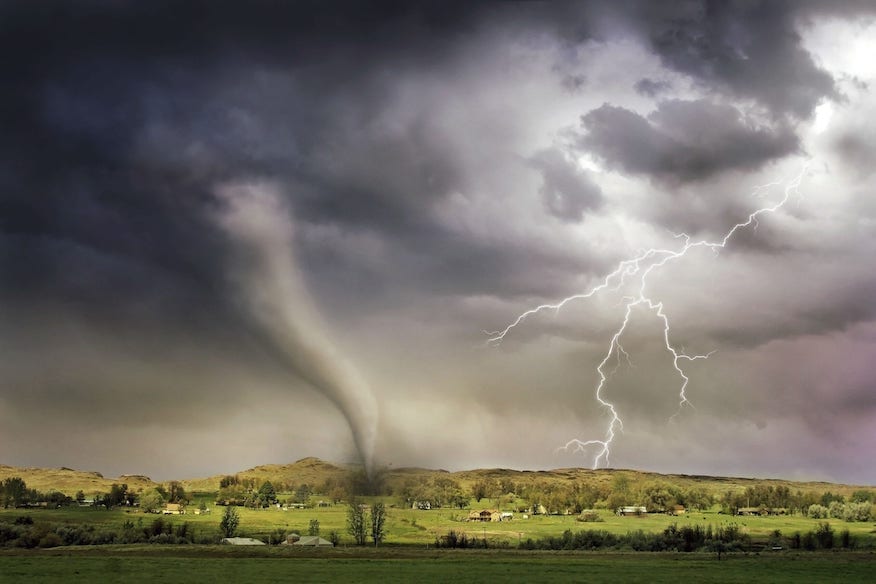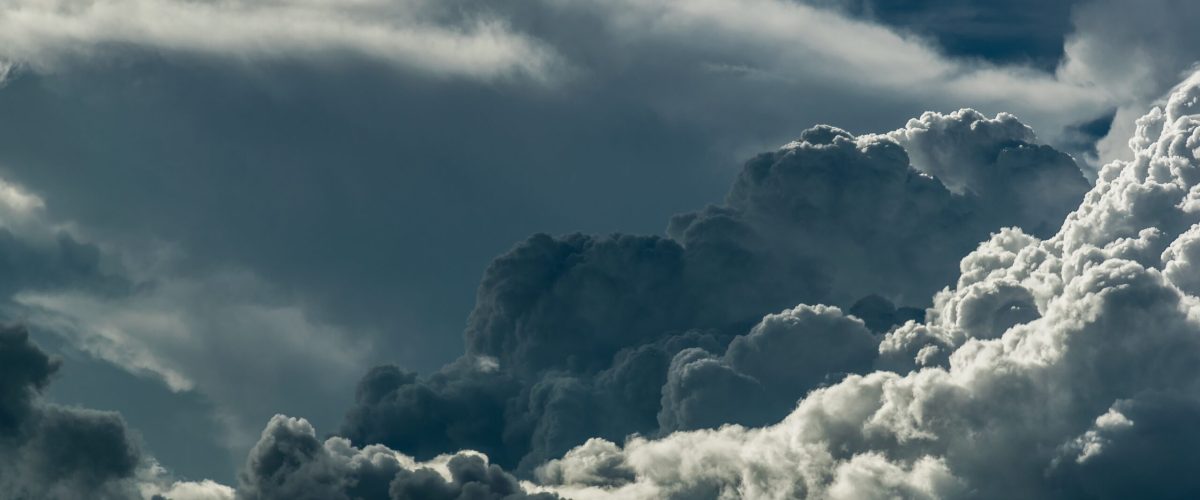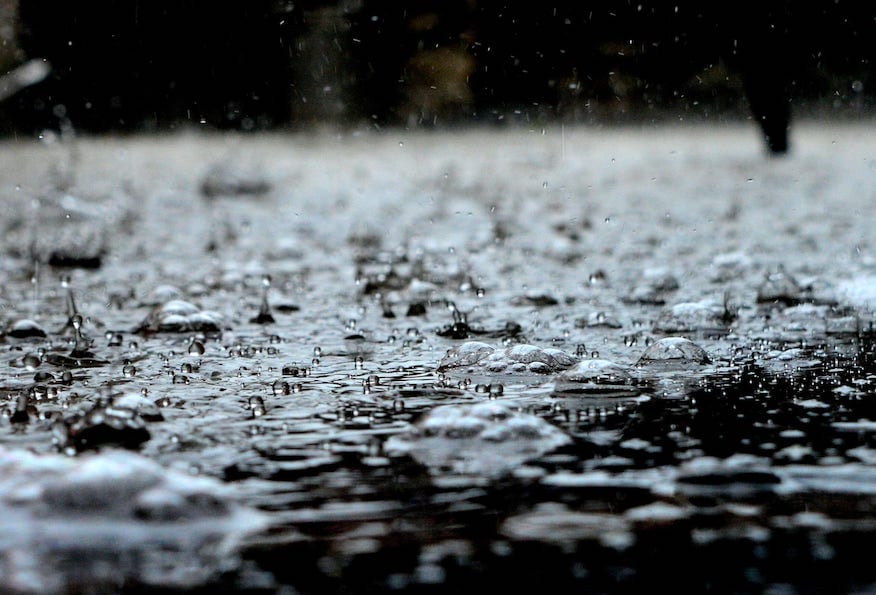Whether it be an outdoor concert, festival or another type of outdoor event, there’s no escaping dealing with weather. The best way to assure good weather at your outdoor event is to plan for bad weather. Actually, that’s not true. It just seems like it is. It’s called the False Cause Fallacy.
Your weather planning should include both for severe weather as well as other typical types of weather that could impact your outdoor concert or festival. The exact weather conditions at your event will be determined by six factors including the air temperature, air pressure, humidity, cloud cover, wind, and precipitation.
All these factors occur over a continuum of levels or strength. When one or more factors becomes extreme, you will have a severe weather event. It doesn’t take severe weather to impact your outdoor event. Even modest levels of rain, temperatures, and wind can play havoc with an outdoor concert if you are not prepared.
 Weather Planning for an Outdoor Concert
Weather Planning for an Outdoor Concert
Understanding how weather will affect your event takes place at several levels. One is financially. Depending on the type of event, revenue from advance ticket sales won’t be affected by the weather unless the event is outright canceled. However revenue generated at the venue, such as food and beverage concessions, parking and merchandise sales could be significantly impacted. If the event needs to be cancelled, you will need to issue refunds to those who purchased advance tickets.
If you are organizing or producing an outdoor concert, festival or any other type of outdoor event, your weather plan should address both severe weather as well as planning for a range of typical weather events that take place in your area that could impact your event.
It’s important to be proactive and think ahead and not leave things to chance when it comes to weather impacting an outdoor concert, festival, or another type of outdoor event.
Severe weather can affect the safety of your attendees. Their safety must be paramount when planning for weather contingencies. You must have a contingency plan to address severe weather events. Examples of severe weather include high winds, tornadoes, thunderstorms with lightning, excessive heat, flash floods, etc. Including a severe weather contingency plan for your event will help you be better prepared and make the difference between chaos and order if severe weather event occurs during your event.
Severe weather can happen quickly and be deadly. This video shows the destruction at the Indiana State Fair caused by a weather event.
Courtesy of OV Innovation Outlet on YouTube
Leaving weather to chance is risky. Each year in the U.S. there are over 100,000 thunderstorms. These thunderstorms result in 25 million entire lightning discharges. Lightning can strike as far away as 25 miles from the storm that produced them. That’s why safety requires taking cover when a thunderstorm generating lightning strikes is 10 or more miles away from the outdoor venue. It’s also why it’s important to have real time weather data at outdoor events.
Event organizers often don’t’ think enough about weather when planning their outdoor events. They think that weather insurance is their plan! That kind of a weather plan can be deadly. As the saying goes; “Fail to Plan, Plan to Fail.
Four Weather Planning Components for Outdoor Festivals and Concerts
1. Risk Assessment: The Outdoor Concert Venue, Location and Event Date
One step in weather planning is to think about the outdoor venue being used for the event. Each venue is different and may have different types of challenges when it comes to planning for adverse weather. For example, a large park may be easier to evacuate than a large outdoor stadium. However, lack of parking may mean difficulty in reaching the safety of their vehicles in the event of an evacuation scenario. There are a lot of variables to consider keeping your attendees and staff safe during a rapidly unfolding weather change.
 What kind of weather can you normally expect at the time and place of your event?
What kind of weather can you normally expect at the time and place of your event?
You can’t possibly predict the weather for your event as you plan for the event months in advance. While weather prediction is always improving, any forecast more than 3 days before the event is suspect. That’s why historical weather data is a part of your weather planning for that place and date. It will give you a better snapshot of what the weather is likely to be. With climate change, you are better off looking at the last five or ten years for weather averages than the complete weather record for the area involved with your event. This historical data can help you see if the areas is susceptible to more extreme weather events.
2. Weather Contingency Plan and Triggers for Outdoor Events
No two events are the same when you factor in venue, crowd, and weather events. That means the nature of the event, venue, and crowd size will need to be factored into your weather contingency plan. Your plan should contain every type of adverse weather and the level of severity it needs to be before you act. These levels of severity are your triggers. Each trigger sets off a set of procedures to deal with that type of weather threshold.
Your plan may have more than one threshold/trigger to activate different levels response to that level of a weather event. After all, there are degrees of wind, rain, heat, etc. that could impact your attendees. It’s not all or nothing when it comes to planning. A drizzle is different from a cloudburst and the responses to them would be different as well. Same goes with wind gusts or sustained wind speeds. For example, if you have a children’s area with inflatables, you will need to shut those down at certain wind speeds, but the outdoor concert entertainment could continue.
Of course, your triggers and response procedures are dictated by the size and type of event. Examples of triggers include advisories, watches, or warnings by the National Weather Service. They can include threshold measures at the venue, such as wind levels, rain levels, heat levels, etc. as well as radar and weather applications.
Examples of severe triggers include:
-
-
-
- A severe thunderstorm with a history of producing very high winds is heading for the outdoor concert event.
- A Tornado Warning is issued for the concert event, or one is spotted heading your way?
- The heat index climbs to 110 during a packed concert?
-
-
These and others of the most serious triggers would call for an evacuation of attendees and participants from the venue.
Once you have the triggers defined, then your response to that trigger should be a set of procedures. It may be as simple as rolling down the walls of an event tent or as complex as evacuating the venue.
Evacuation is the most extreme response, but for many trigger scenarios may be the safest. An evacuation plan should address where to direct people and should consider how long it will take for the audience to get to a safe place. It should also address how will you deal with equipment issues as well. Knowing the structural integrity of the temporary structures erected for the event is important. Knowing how various structures can handle wind, hail, etc. will give you a picture of their vulnerability to adverse weather events.
Expected size of the crowd is an important variable in evacuation procedures. The larger the crowd, the longer it would normally take to safely evacuate them. That means that the evacuation plan must be implemented earlier for a large crowd than it would be for a smaller event. The triggers for evacuation are set differently in these cases.
The weather contingency plan should also include potential shelters close to the venue to be used in case of an emergency evacuation. For many outdoor concerts or festivals, the safest place for attendees is to return to their vehicles until the threat passes.
3. Weather Monitoring Is an Essential Part of Outdoor Events
What good are triggers and procedures unless you know what kind of weather to expect. Your research into historical data is the first step. The second is the local forecast for the specific area or zip code of your event. You need a timeframe that provides an accurate forecast as well as enough time to react to it. A good rule is checking it late afternoon, two days before the event. For a Saturday event, check the weather forecast say at 4:00 p.m. Thursday. That still gives you time to alert your guests or to alter you planning to suit the forecast.
Remember a weather forecast has no value unless there are decisions made because of it. Your primary responsibility with any event is to keep everyone safe. Use the weather tools available to make that happen.
The third thing you need as part of your weather plan is real time monitoring of weather conditions. Keep your eyes on the sky! Today smart phones and weather app provide real time conditions and provide access to radar for monitoring potential adverse weather conditions. Having multiple options of receiving weather data and warnings is preferable. Consider also having a NOAA weather radio on hand at a staffed location as well.
Large outdoor events will employ a professional weather service to provide alerts and updates on weather conditions in advance and during an event. A professional weather service can also help planners with accurate times for evacuation of various crowd sizes. They can also determine when it’s safe to resume the concert or festival. Leaving weather decision making to professional meteorologists provides a level of confidence that decisions are accurate.
4. Effective Communication Is the Crown Jewel of Weather Plans
You can have the greatest weather contingency plan ever created, but without effective communication channels, the plan is useless. The first part of the communication plan is the decision-making process. The weather plan procedures should include who to contact and when, as well as the steps necessary to make fast and logical decisions.
Effective communication in a weather emergency begins with a trained staff. All staff working the outdoor event should understand their role in the event of bad weather. That extends to other types of emergencies as well. Clear, accurate and timely communication is vital among onsite staff. A trained, empowered staff able to react in unpredictable situations with the latest information is what you need to make the best under any situation.
A communication plan with attendees is an essential part of any weather contingency plan for an outdoor concert. Once a trigger level is reached, concert attendees must be notified about proper procedures to take. Have different messages scripted and ready to go for different trigger thresholds but be prepared to write incident-specific messaging on the fly.
Use multiple ways to communicate with attendees both before and during the event. They can include public announcements from the stage sound system; using a text alerting system, siren sound effect, message scrolling on video walls, and runners to spread the word. Don’t forget about social media as well as a means to communicate with your patrons.
Signage is also an important way to communicate with attendees. Making sure all key areas and exit points are clearly labelled helps people understand where things are and makes it easier for them to respond to commands to take weather-related safety actions.
Remember that communicating with your guests before and during the event will also help to make sure things go smoothly. You can even let attendees know what to wear to a festival based on the weather forecast for the day of the event.
Cancellation Criteria for Outdoor Events
If the weather predicted is so severe or if weather events make getting to the venue very difficult or impossible, then cancellation of the event will need to happen. If you are forced to cancel your event, you will want to have a designated rain date if possible. That is more difficult with big name entertainment with their schedules. If weather forces a postponement, make sure you can communicate with potential or ticketed patrons about rescheduling the event.

Bibliography
https://science.jrank.org/pages/7332/Weather.html#:~:text=Weather%20conditions%20are%20determined%20by,and%20direction%20of%20the%20wind
https://www.weather.gov/otx/Outdoor_Event_Weather_Preparednesshttps:/
www.weather.gov/owlie/publication_brochureshttps:/
tx.meetingsmags.com/smart-planners-include-weather-precaution-plans-every-eventhttps://
www.civicplus.com/blog/pr/build-a-weather-contingency-plan-for-your-parks-and-rec-departmenthttps://www.weather.gov/media/owlie/SGJune6-11(1).pdf

 What kind of weather can you normally expect at the time and place of your event?
What kind of weather can you normally expect at the time and place of your event?


